I have long wanted to write about the Brutalism architecture of the former Yugoslavia and show some photos even more.
The following photos are mine:
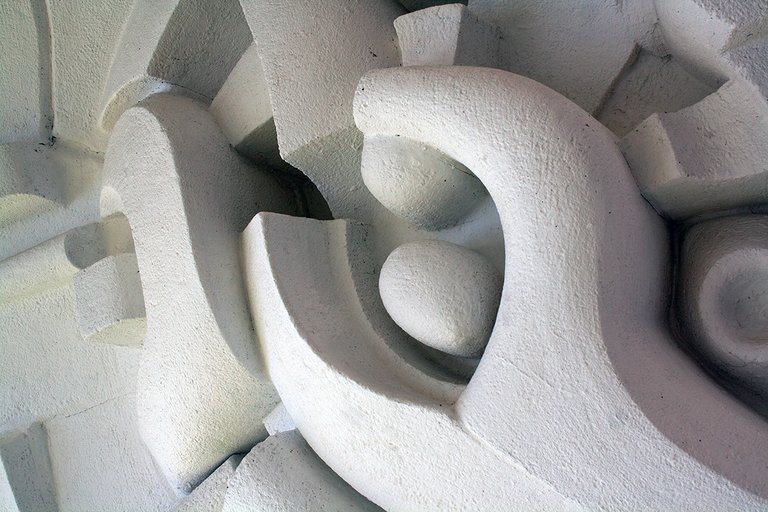
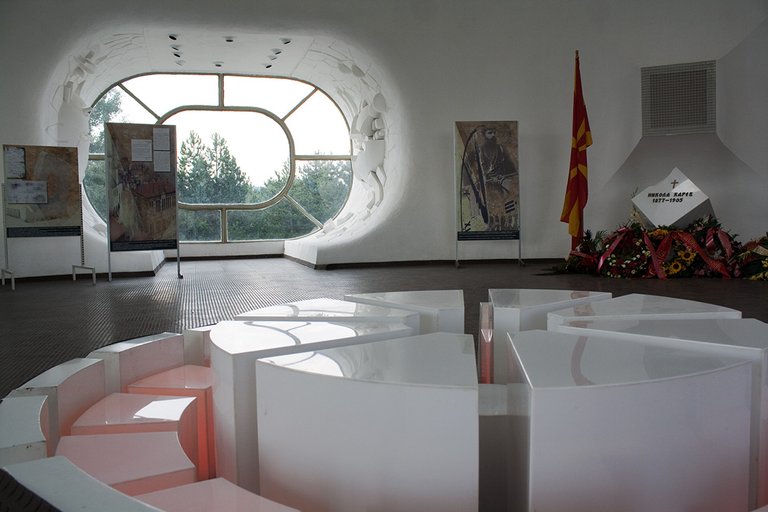
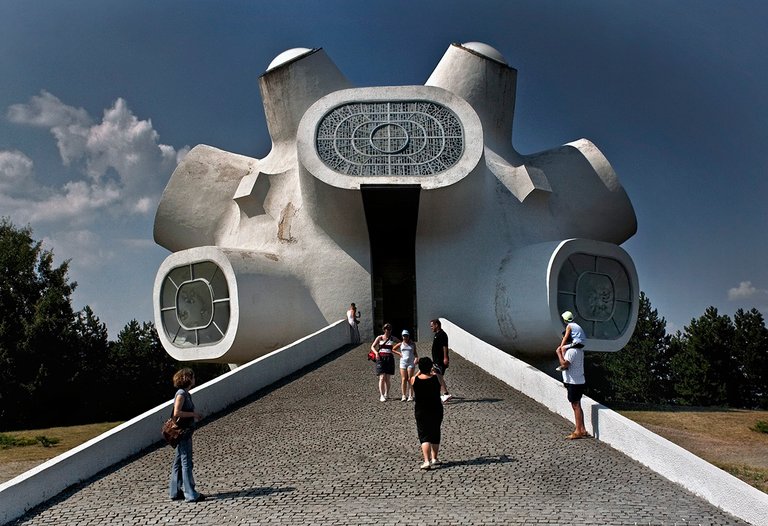
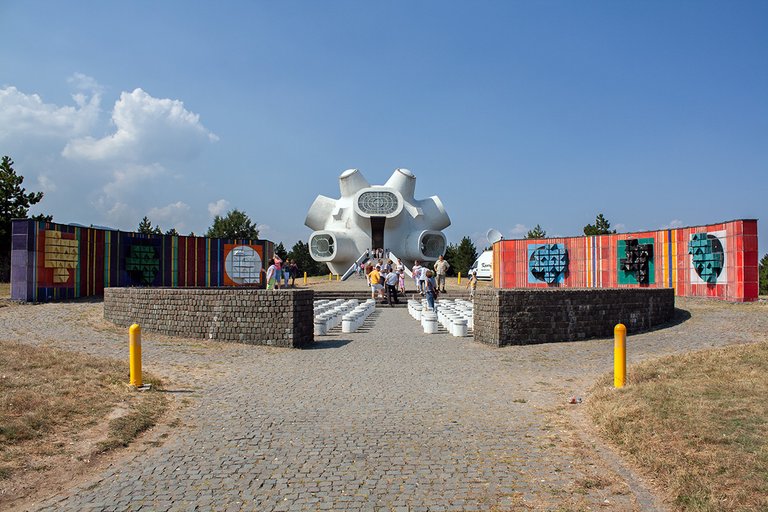

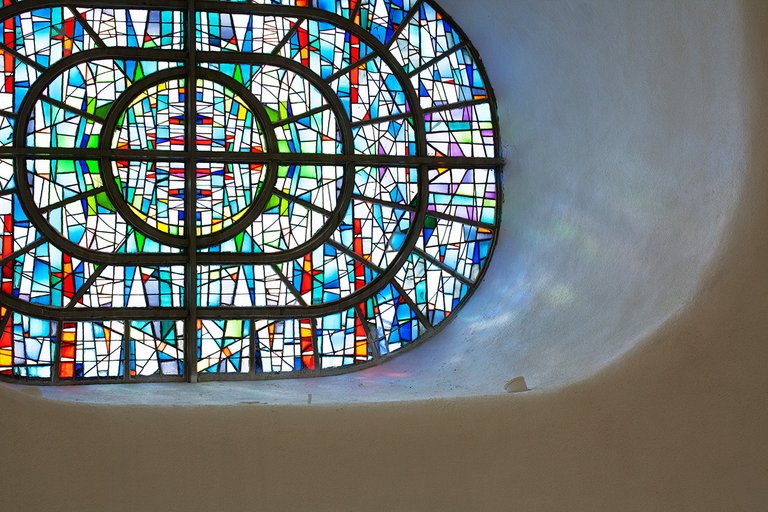
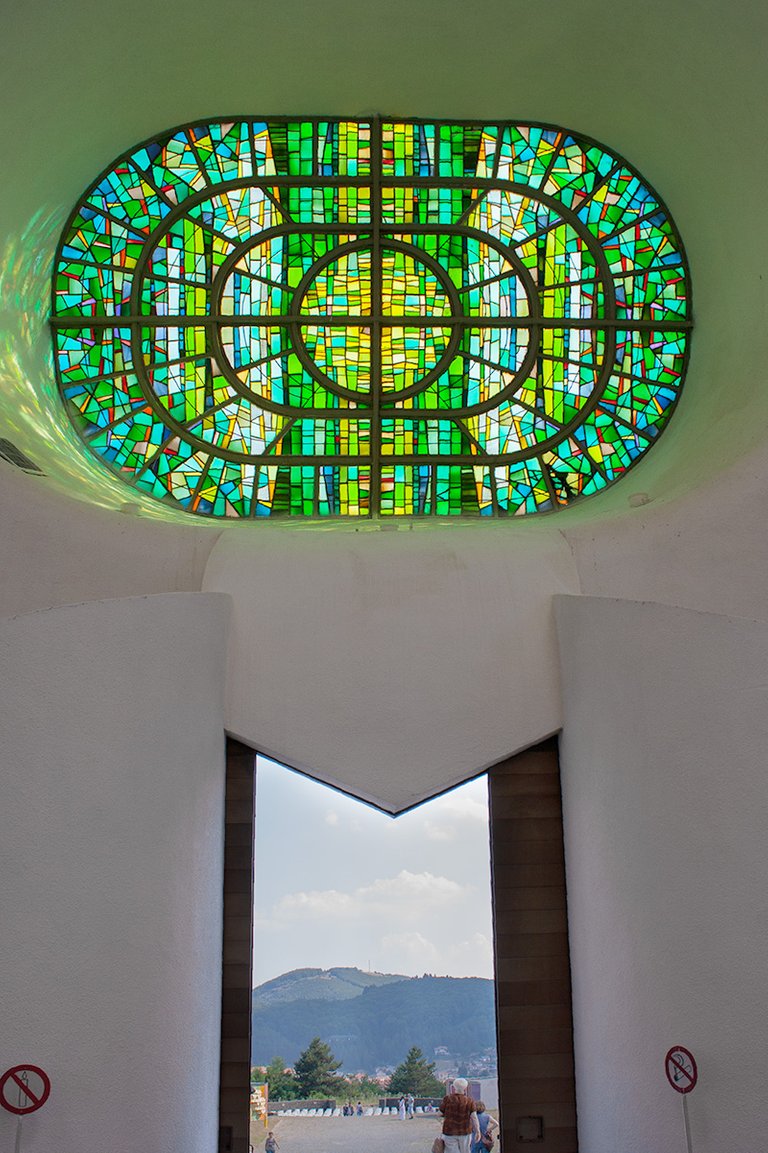
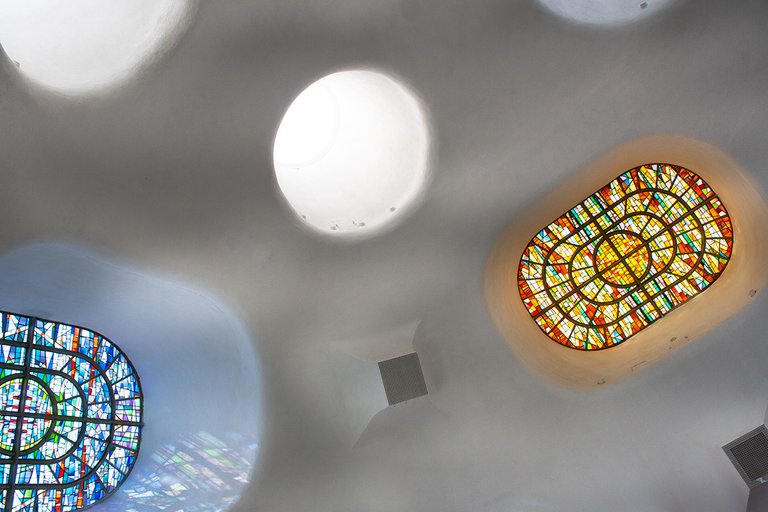

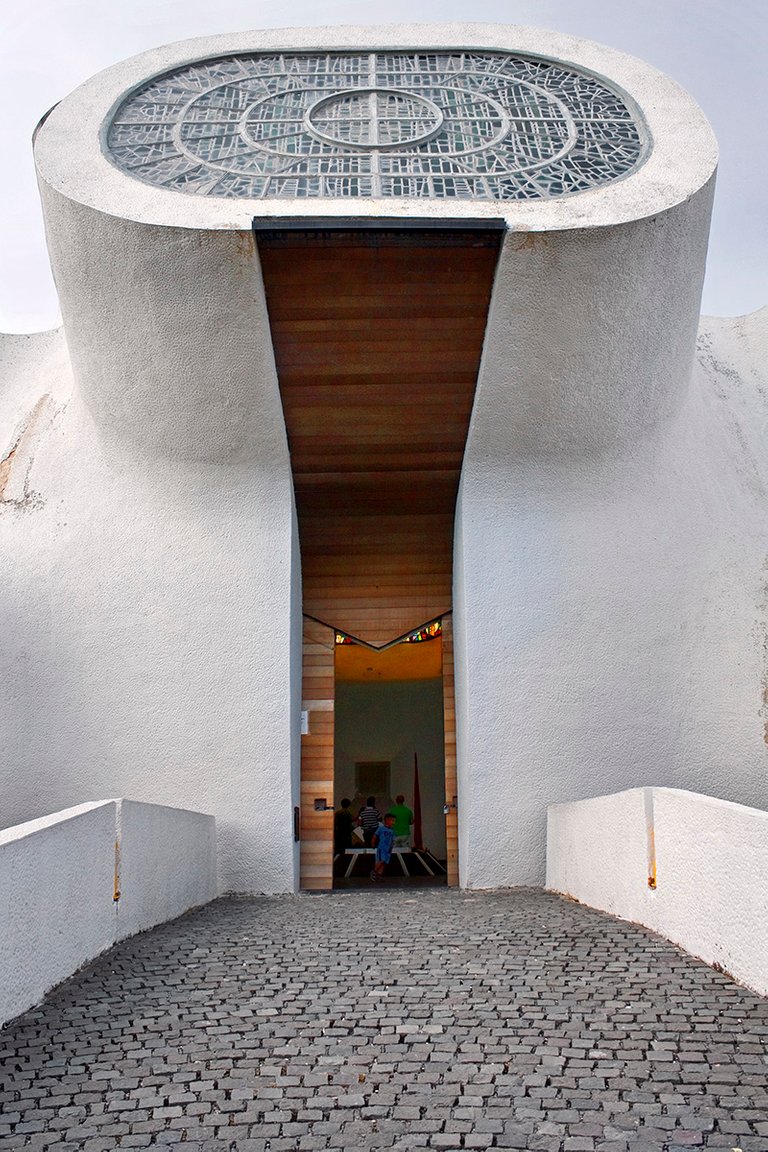

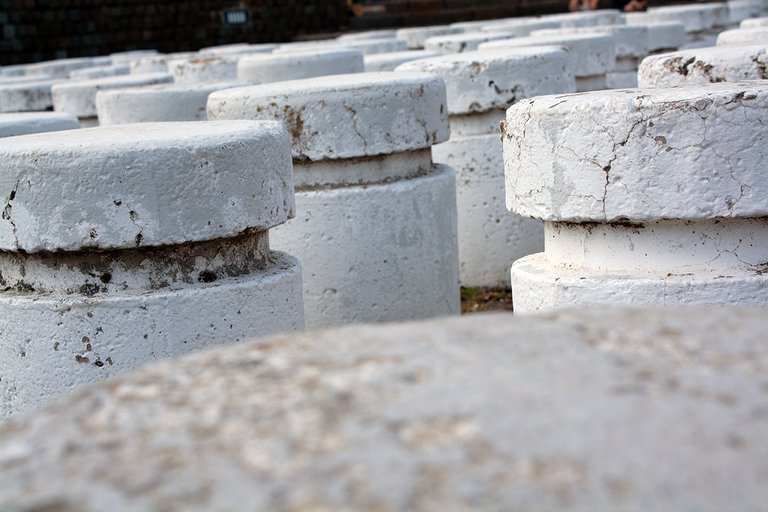
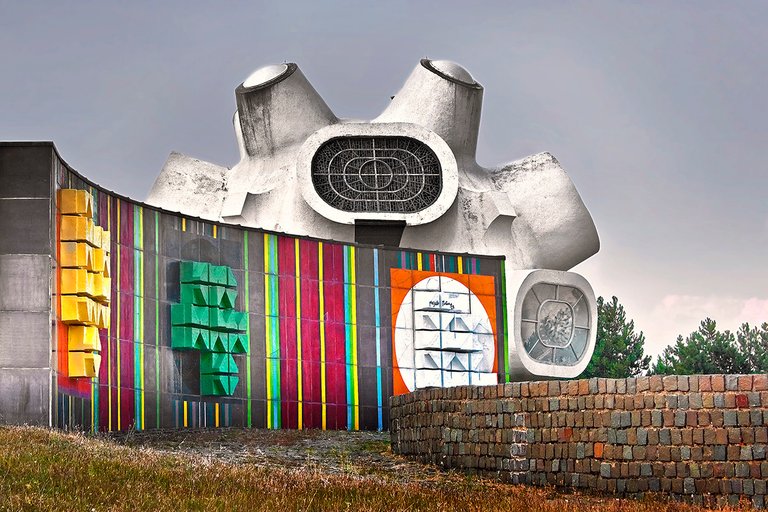
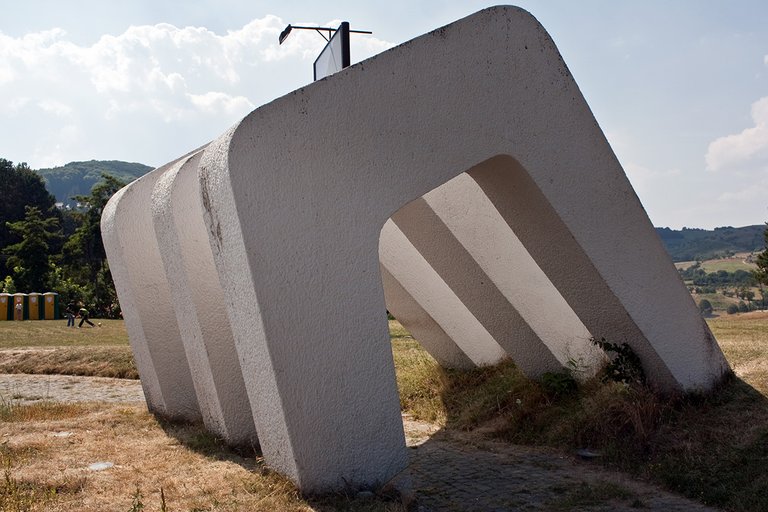
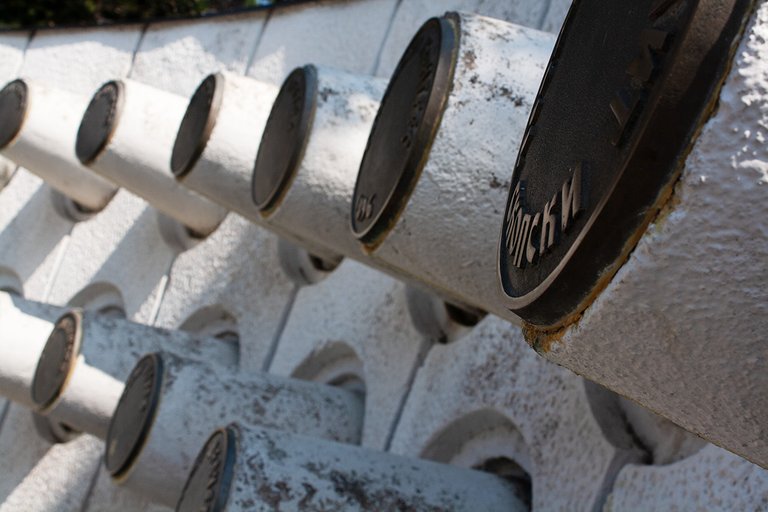
Makedonium – Ilinden - a symbol of the Ilinden Uprising.
They were made in Krusevo, Macedonia. The monument was originally supposed to be in Bitola, but in the end, Krusevo won because of Ilindan.
Designers: Jordan Grabulovski & Iskra Grabulovska. 1974-opened
Dimensions: ~25m tall structure
Materials: Poured concrete, rebar, and glass
-In front of the memorial is a large amphitheater (designed by Petar Mazev) and a colorful relief wall.
-Stained glass windows by artist Borko Lazeski.
Monument
Brutalism got its name from the French word "concrete brut" which means raw concrete, a term used by the French architect Le Corbusier to describe cast concrete with visible traces of plank formwork used on most of its buildings built after the Second World War.
When you read about brutalism, you come across many names: Concrete utopia (perhaps related to the idealism and beliefs of the time), New Brutalism, Socialist architecture … Brutalism buildings are characterized by minimalist constructions and without decorations and design elements, but exposed concrete, rebar, steel wood … often also glass. You can see the beautiful stained glass windows in my photos.
In the ex-Yu Republic, this style began immediately after the Second World War. Cities that were destroyed during the war had to be renewed. Massive spectacular monuments have been built in all the republics of this country as a symbol of the struggle for freedom, anti-fascism, and remembrance of the victims.
After the 90th years of the last century and the last war, many of these monuments began to decay due to neglect. As someone who saw most of them live as a child, I cannot describe in words their grandeur and size as well as the impression they leave on someone who finds themselves at their feet. I love minimalist architecture and I also love industrial design ... maybe that's what I find in these buildings. Back in school, I had a lot of projects drawn in this style. I have a feeling that Brutalism has become a trend again lately.
I will not put photos of others with links to their posts. I will only put links so you can see photos of all these monuments in other places but also post offices, residential buildings, trade fair halls, etc.
“They stood proudly as symbols of hope, love, and togetherness. Today, although abandoned and almost devalued, they still radiate the strength and power of a state that no longer exists.”
“Concrete-utopia-yugoslav-architecture-from-1948-to-1980”
I found a video with photos of most of the monuments on youtube:
Some people use words, others use light to say what they feel.
Photos by @desro - ©RominaM*
Oh wow, you've definitely been able to show creativity within brutalism. I also have been wanting to go and snap a few brutalism images of our buildings. Ours are no where this stylish.
We have ugly concrete buildings, I guess this goes to show that brutalism can be creative also. I'd image the insulation would be nice and cool in summer and warm in winter.
Thank you very much for your comment, @melbourneswest. I look forward to seeing them.